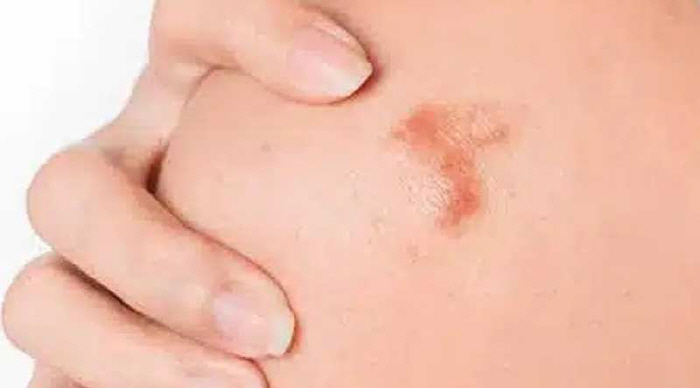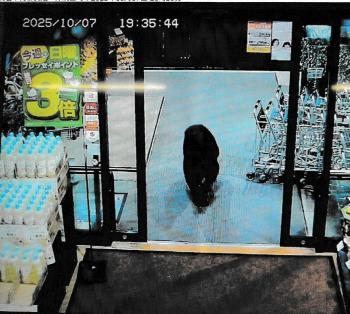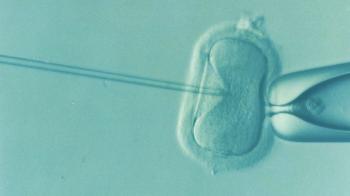Identify the mechanism of skin disease keloid...Expecting a New Treatment Strategy
May 01, 2025
|
Kelloid is caused by excessive fibrous tissue that exceeds the normal range in the process of recovering damaged skin from trauma, surgery, and burns. It is a disease that greatly reduces the quality of life of patients by causing continuous pain, itchiness, and exercise restrictions beyond simple scars.
There are various treatments such as steroid injection, surgery, and laser treatment, but more than 50% are known to recur, so there is no definite treatment, and fundamental treatment is urgently needed.
In response, Professor Park Ji-woong's research team conducted research to find a fundamental solution, and noted that the 'mechanical stimulus transmission' process plays a key role in the occurrence of keloids. This is a process in which the skin detects external physical stimuli and converts them into intracellular signals, which promotes cell proliferation or fibrous tissue formation. The research team paid attention to a protein called 'ROK1(Rho-associated kinase 1)' that plays a central role in this process.
Studies have shown that expression of ROCK1 protein was rapidly increased when mechanical stress was applied to fibroblasts in keloid patients, which led to excessive cell proliferation and fibroblast production. However, it has been confirmed that treatment with ROCK1 inhibitors inhibits the formation of actin filaments that make up the cytoskeleton and significantly reduces the expression of fibrosis-related proteins. In addition, the YAP/TAZ signaling pathway involved in cell growth and fibrosis regulation was also suppressed, and collagen production was also reduced.
The effect of the ROCK1 inhibitor was also evident in animal experiments. In the SCID mouse model transplanted with human keloid fibroblasts, the group administered the ROCK1 inhibitor significantly reduced the size and weight of the keloid nodules, and the accumulation of inflammatory cells and collagen in tissues was also reduced, proving histological improvement. Above all, no side effects or toxicity caused by drugs have been observed, so the possibility of future clinical application is also highly evaluated.
This study clearly summarizes Kelloid's pathophysiological pathway as 'mechanosensing → ROCK1 signal activation → fibrosis response' and is significant in that it is the first to suggest the possibility of blocking the disease 'cause' itself away from the current symptom relief-oriented treatment.
Professor Park Ji-woong said, "If conventional treatment was limited to alleviating symptoms or reducing the size of scars, this study is a completely new strategy that targets the underlying signaling pathway that induces the occurrence of keloids.". "If ROCK1 inhibitors are put to practical use through preclinical and clinical studies in the future, they can be widely applied not only to keloids but also to treat other intractable fibrotic diseases such as heart and lung fibrosis.".
The findings were recently published in the British journal of dermatology (Impact factor:11), a world-renowned journal of skin-related societies.
|
This article was translated by Naver AI translator.















